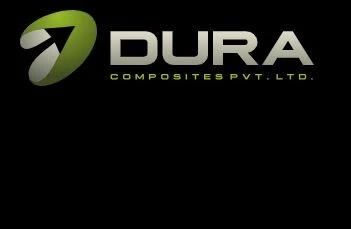Glass Fiber Reinforced Polymer (GFRP) rebar is rapidly becoming the go-to alternative to traditional steel reinforcement in concrete structures, particularly where corrosion resistance, lightweight materials, and long-term durability are essential. But as GFRP gains popularity, one critical question often arises—can GFRP rebar be bent, and how should it be done? This article explores the process, limitations, and best practices for bending GFRP rebar safely and effectively.
What Is GFRP Rebar?
GFRP rebar is composed of high-strength glass fibers bound with a polymer resin, typically vinyl ester or epoxy. It offers several advantages over conventional steel rebar:
- Corrosion resistance – GFRP won’t rust or deteriorate in harsh environments, making it ideal for marine, coastal, and chemically exposed structures.
- Lightweight – It weighs about 75% less than steel, allowing for easier handling, reduced shipping costs, and faster installation.
- Non-magnetic and non-conductive – Perfect for hospitals, laboratories, and power-sensitive structures.
However, while it excels in many ways, GFRP rebar behaves differently from steel when it comes to bending and shaping.
Can GFRP Rebar Be Bent?
GFRP rebar cannot be bent on-site like steel rebar. Unlike ductile steel, GFRP is a composite material with a linear-elastic behavior, meaning it will crack or break if you try to cold-bend it once cured. Attempting to bend GFRP manually at a job site may lead to structural failure or product damage.
However, pre-bent GFRP rebar is available and is manufactured to exact specifications during the fabrication process before the resin fully cures. These bends can include hooks, stirrups, or other required shapes for structural applications.
Applications That Require Bent GFRP Rebar
In many construction designs, bent reinforcement bars are essential for anchoring, corner reinforcement, and stirrup placement. GFRP rebar can be pre-formed to accommodate such needs, and it's widely used in:
- Foundations and footings
- Precast panels
- Bridge decks and abutments
- Retaining walls
- Slabs with re-entrant corners
When planning a project with GFRP rebar, it’s crucial to communicate with the supplier or manufacturer to order any required bent shapes ahead of time.
How Is GFRP Rebar Bent During Manufacturing?
Bending GFRP rebar is done during the curing stage of production when the composite is still flexible. Specialized molds and jigs are used to shape the bar according to design requirements. Once cured and hardened, the rebar retains its form permanently and can be shipped to the construction site ready for installation.
Duraneo offers precision-bent GFRP rebar manufactured under strict quality control to ensure consistency, strength, and durability. Every bend is made to match project specifications and meet industry standards.
Key Considerations When Using Bent GFRP Rebar
- Plan Early: Since GFRP can’t be bent on-site, all shapes must be specified in the design phase.
- Follow Manufacturer Guidelines: Only use certified pre-bent GFRP from trusted suppliers like Duraneo.
- Handle with Care: While GFRP is strong, it can be brittle under impact or stress at tight corners. Use proper lifting and installation practices.
- Consult Engineering Standards: Refer to ACI 440.1R guidelines for designing reinforced concrete structures using FRP bars.
Conclusion
Bending GFRP rebar requires planning, precision, and a clear understanding of its material behavior. Though it cannot be bent like steel on-site, custom pre-bent GFRP solutions offer outstanding performance, particularly in corrosive or sensitive environments.
At Dura Composites, we specialize in delivering high-quality bent GFRP rebar solutions tailored to your project’s unique needs. Whether you're building a bridge deck, a retaining wall, or a foundation system, our team ensures every curve is crafted for strength, safety, and longevity.


